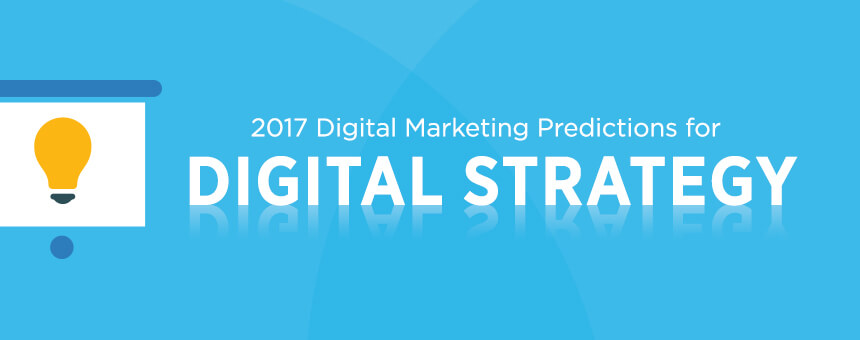The Strategic Insights team at DAC spends all day each day digging into data, looking for insights and trends that can teach us something about what is likely to happen in the digital landscape over the course of the coming weeks, months and years.
On a grand scale, futurists from many disciplines have been predicting similar trends for quite some time now: self-driving cars, the increased importance of big data, and a proliferation of the Internet of Things into every aspect of our lives.
(And of course, the ubiquitous human evolution into robots.)
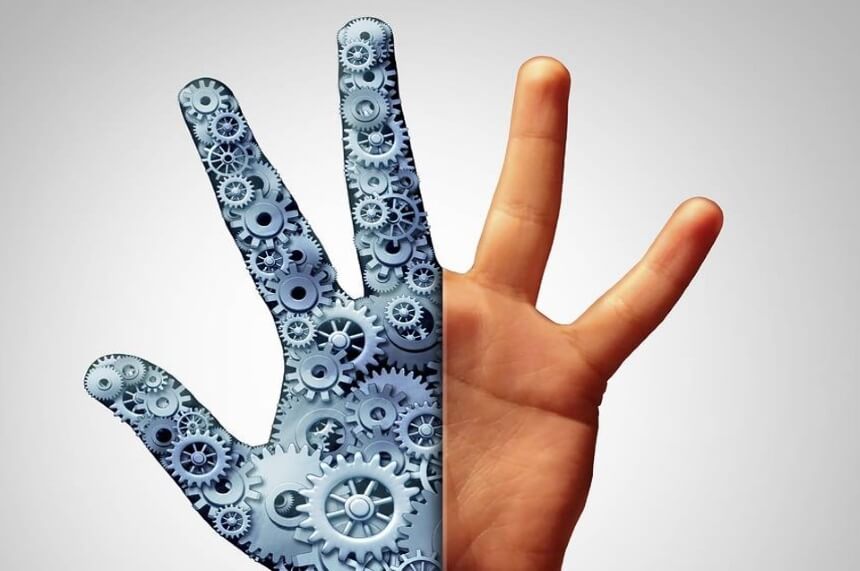
These big picture trends are all well and good – on a conceptual level. But they aren’t all that useful for digital marketers in terms of what we do day to day: where to invest marketing dollars, how to optimize campaigns, which channels might grow or shrink and where the market will go next.
So we asked the members of DAC’s Strategic Insights Team to get a bit more grounded. Here’s what they identified as the top five trends most likely to impact digital marketing in 2017 and beyond.
1) Augmented reality will provide new opportunities for local marketers
2016 gave us Pokémon Go, a game that became a global phenomenon almost overnight and was one of the hottest cultural touchpoints of the year.
Pokémon Go did a lot of things. It led seemingly sane adults to chase invisible creatures around town, connected families with their kids, got sedentary people walking, and led thousands of people to gathering places or “gyms” inside local businesses.
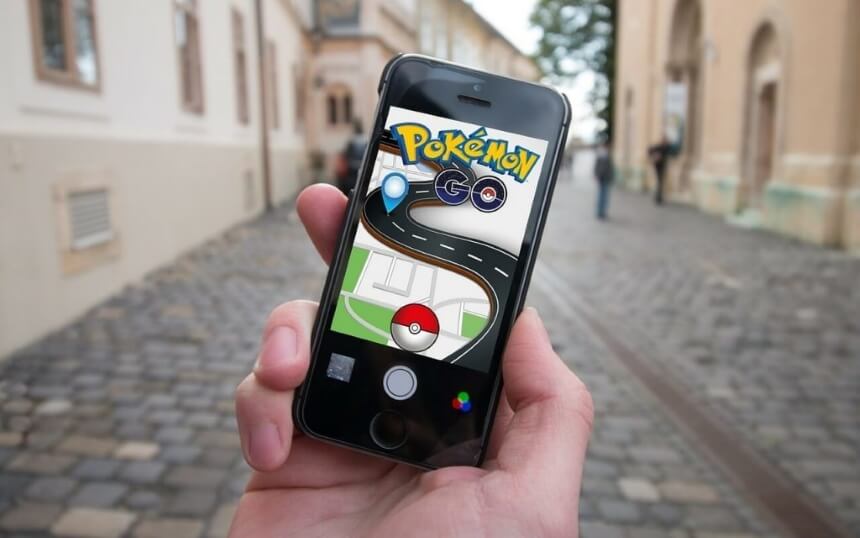
Almost as quick as its rise came the realization that this could be a whole new way to engage with customers locally. Suddenly, Local Presence Management mattered in a whole new way. Getting your name, address and phone number correctly listed in maps channels meant being able to either take advantage of the benefits of hundreds of Pokémon-chasers showing up at your place of business.
Savvy businesses took full advantage of the opportunity to capitalize on the sudden increase in foot traffic; McDonald’s paid for 3,000 stores to become “gyms” overnight, groups used the game to boost attendance at social functions and community events, and an Australian chain of animal shelters used the game as a chance to promote adoption of real-life pets while collecting virtual creatures.
It’s clear we’ve barely scratched the surface of what augmented reality can do. This is a marketing revolution for local businesses. I think that in 2017, we will see a lot more attempts – some successful, others clunky – to incorporate AR elements into the marketing mix.
– Marina Azmy, Marketing Research Analyst
2) Customer service via social media will become a true differentiator
After years of rapid increase in the number of customers who went to social media channels for customer service, 2016 saw a decline in this percentage. A study by NICE Systems and Boston Consulting Group showed that two out of three customers did not use social media for customer service.
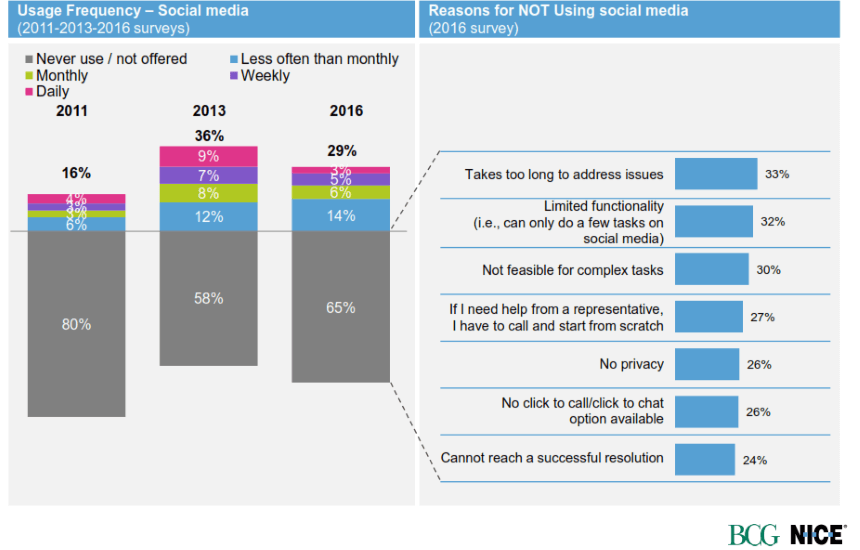
Part of the reason could be frustration with the dissatisfactory responses businesses provide on channels like Facebook and Twitter, including non-responsive platitudes by marketing interns not empowered to solve their problems, long delays, or even no response at all. It seems that many businesses bit off more than they could chew in those early days, launching social channels without considering the time and effort it would take to properly monitor them.
On the flip side, the companies who are doing a good job are getting even better. It’s also getting easier for smart businesses to differentiate themselves on service by doing this well, particularly if their direct competitors are stumbling. I think we’ll see an increase in investment in smarter social customer service by businesses who view it as core to their brand.
– Kate Maxwell, Operations Coordinator, Research
3) Social commerce will grow
Have you clicked on a “shop now” button in social media? More and more people are responding “yes” to this question.
The “buy now” button has been around for a while, but it never really gained much traction. Some people declared it dead in the water just a couple of years ago, but it turns out that predictions of its demise may have been premature: this holiday season, we’ve seen social commerce take off in a big way.
A recent study by Paypal and Ipsos found that 26% of Canadians have already engaged in some form of social commerce – buying a product or service directly from a social media page or ad. And 54% said they’d consider trying it out. Meanwhile, eMarketer states that social commerce revenue grew from $5 billion in 2011 to over $30 billion in 2015, and they predict it will rise to $491.5 billion by 2018.
However you feel about more ads in your social feeds, it’s clear that people are responding to direct calls to action. I think we’ll see more marketers testing these ad units out in 2017 and achieve success with them.
– Jon Urbanski, Sales Support Specialist
4) UX will go offline, too!
User experience and interaction design have been driving digital development for quite some time – and as the iPhone swipe-and-go experience becomes the norm, it’s also driving what millennials expect from their interactions with businesses offline, too.

More and more, smart businesses have to think of their offline user experience in digital terms. That is, designing their offline stores, kiosks, pop-up shops and neighborhood branches to integrate with their digital experience. People want to walk into a store and have the sort of clean, intuitive experience that they can get from a website or a mobile app. They have little patience for the outdated model of forcing people through a maze of aisles and departments before they can get to what they want.
A young, demanding generation of shoppers is forcing these changes at a rapid pace. Smart adopters will win this one, while resisters will fall behind. I think 2017 will usher in an era where we see more collaboration between offline and digital design.
– Lynn Duffy, Senior Research Manager
5) What’s old will be new again
Technology changes. Humans, not so much. That’s why it’s not surprising that trends tend to be circular. Whether we’re talking about fashion, media or gadgets, what’s old invariably becomes new again.
Samsung made headlines this fall when it announced that it was launching a new foldable phone that was reminiscent of last decade’s flip phone. Now there are rumors that Apple might be launching a flip phone early next year. Could we be heading back to the future with our devices?
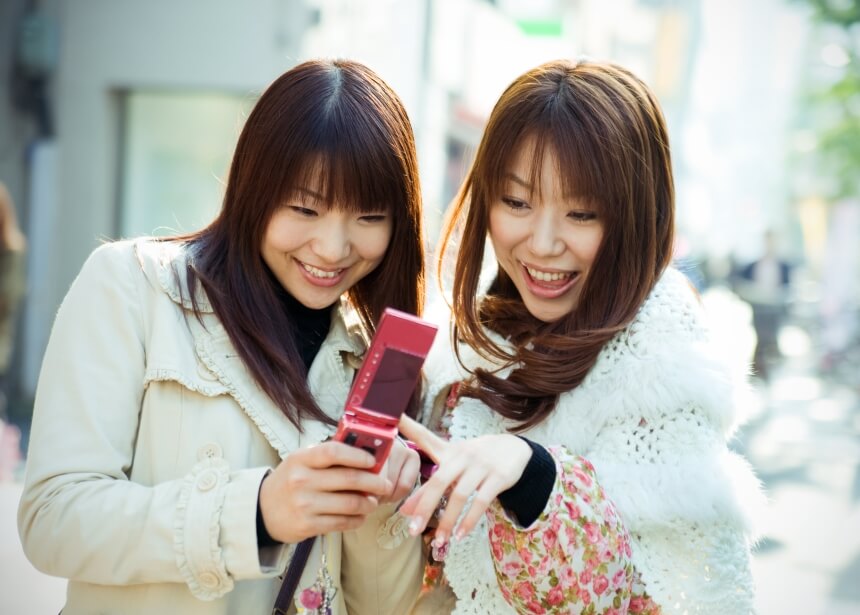
Hipsters have demonstrated a nostalgic affinity for vintage: the sales of vinyl records hit a record 28-year high this year, and the top films out of Hollywood continue to be reboots of old movies.
What will this mean for marketers? For one thing, it means that the rush to move dollars out of tried and true channels into new digital channels must be driven by usage data. It means that the fundamentals of marketing – reach, conversion, user experience, return on investment – still matter, whether you’re working in a more established channel or in a newer one.
It also means there are probably wins to be made in 2017 with so-called “nostalgia” marketing, or appealing to people based on shared cultural zeitgeist and an appeal to the music, movies and pop culture of their youth.
– Sari Stein, Strategic Consulting Director
Sari Stein leads DAC’s Digital Strategic Insights team, working with clients to use research and data to devise strategic roadmaps, platforms and plans of action to achieve digital marketing goals. To talk more about 2017 marketing opportunities, please contact DAC today!
